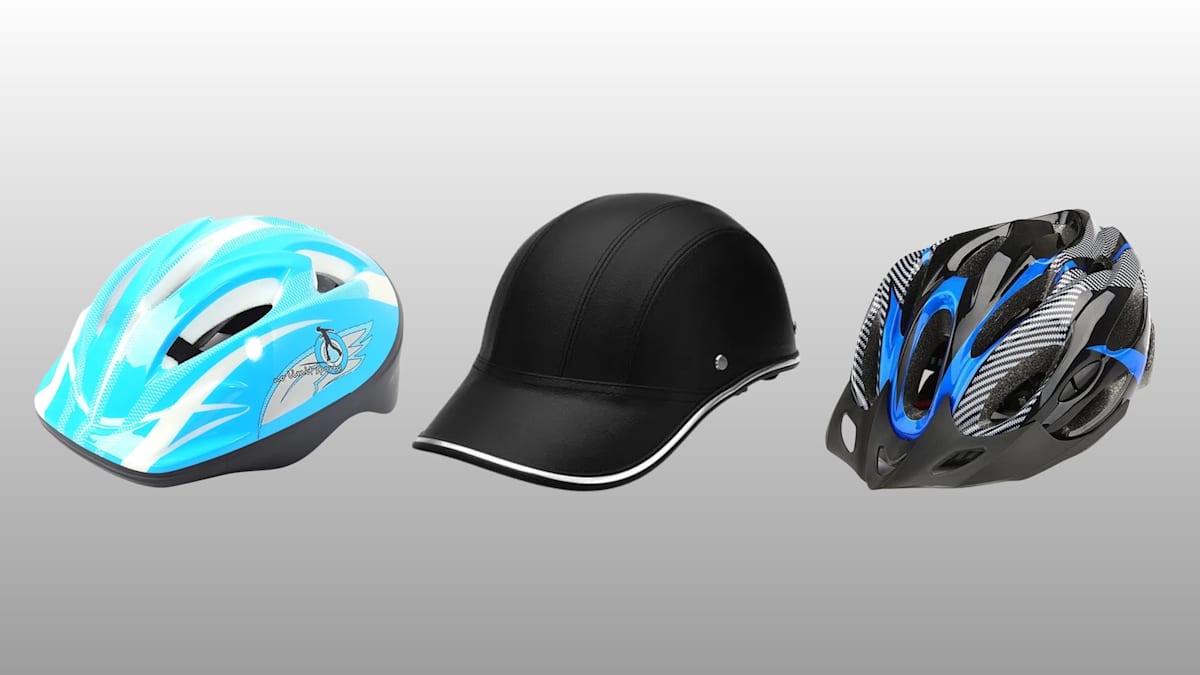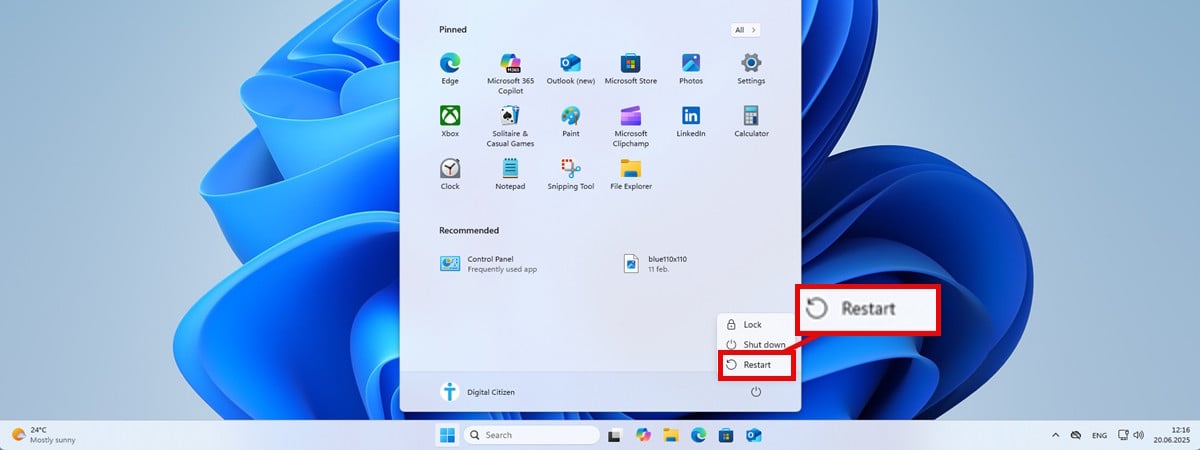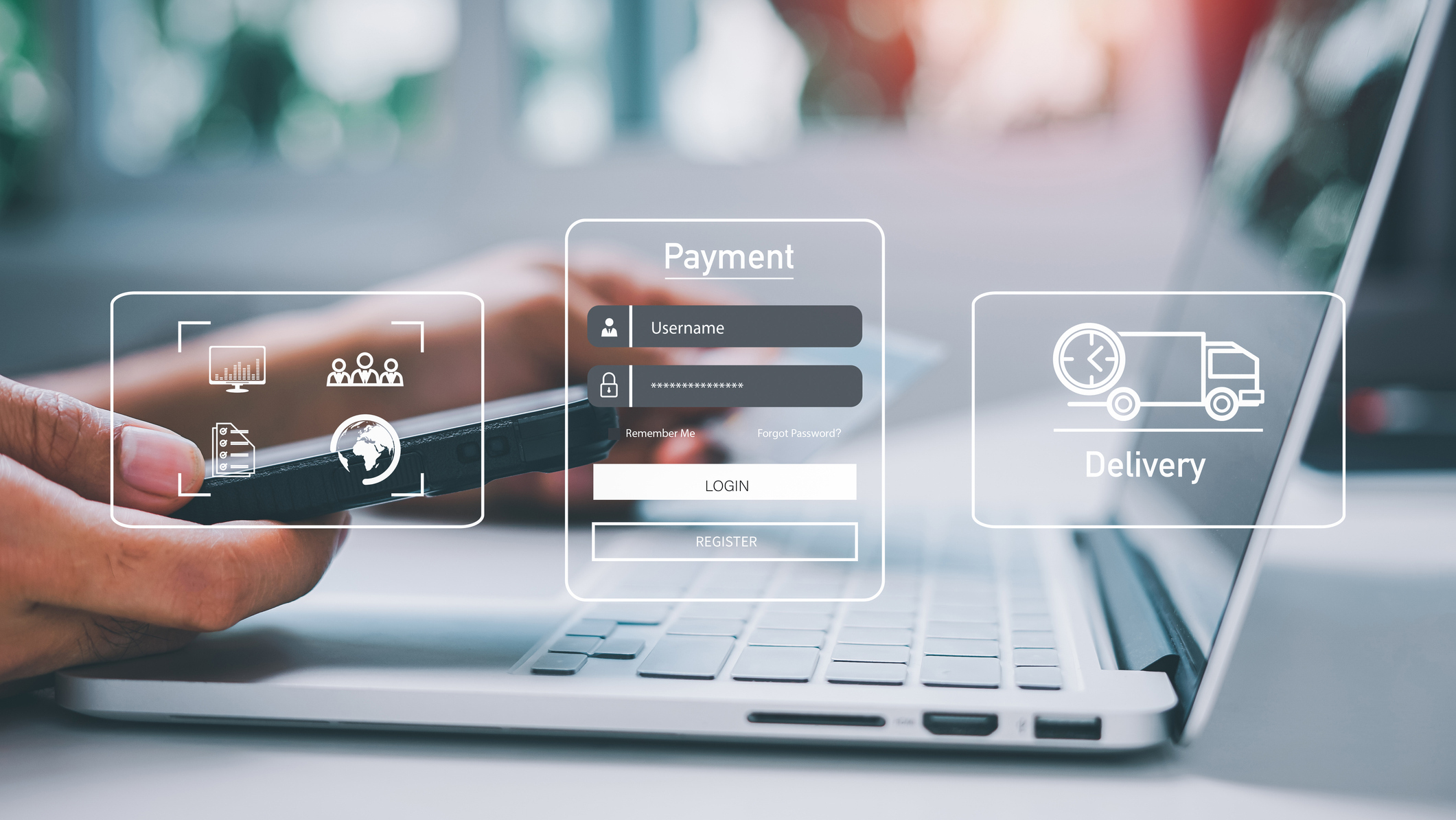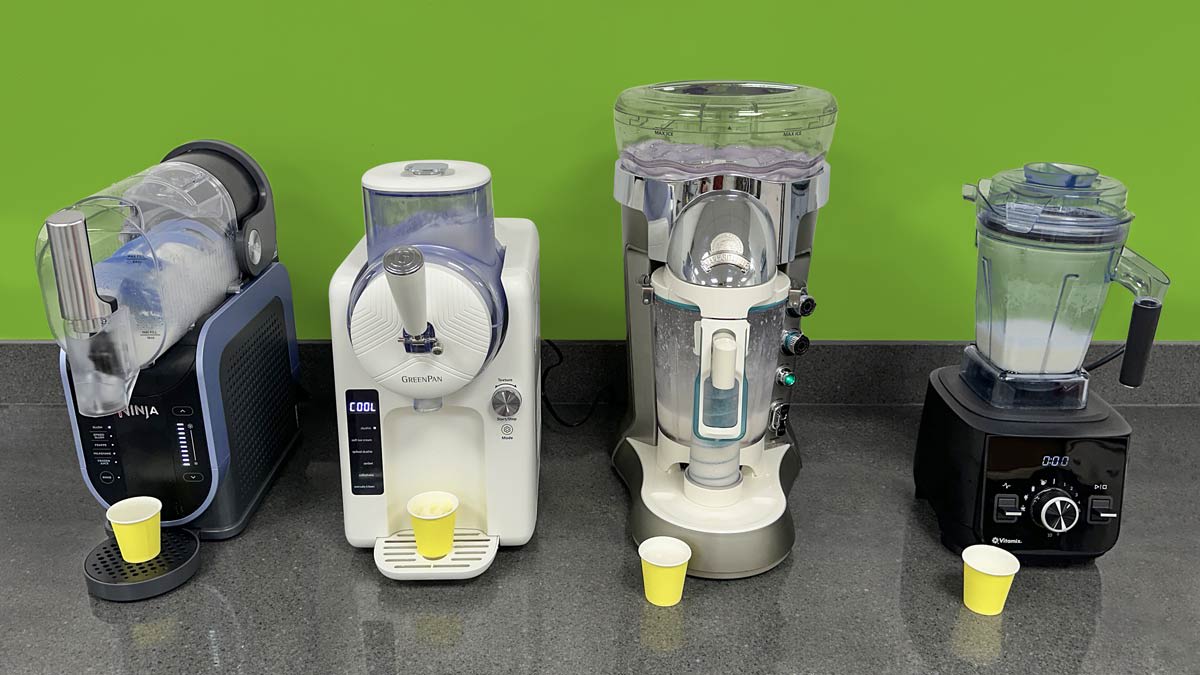Why Buying a Bike Helmet Online Could Be Dangerous

It’s reasonable to be wary about purchasing a bike helmet online. Here are some tips to help ensure that a helmet complies with CPSC standards. (Also see CR’s bike helmet buying guide.)
Watch out for third-party sellers. It’s important to be cautious about platforms like Amazon or Walmart that allow outside vendors to sell goods. They’re legally responsible for products they sell themselves, but not for those sold by third parties—and it’s often hard to tell the difference. You can determine the seller by looking directly below the “Add to Cart” and “Buy Now” buttons, where it lists the shipper (“Ships From”) and the seller (“Sold By”). And you’ll find that info a little farther down on the right-hand side of Walmart.com product pages, below the shipping options. It should say, for example, Amazon.com or the name of a bike helmet manufacturer—not a random seller.
Be especially wary of “too good to be true” deals on legitimate helmets—if, say, an unfamiliar seller is offering a $200 helmet for $20. Andrew Love, head of brand security for Specialized Bicycle Components, says counterfeit versions of legitimate helmets are commonly offered for sale online.
Buy from a trusted retailer. Brick-and-mortar bike shops are much more likely to be selling only certified products because they tend to have direct relationships with manufacturers and distributors. (If you go to a local bike shop, you can also try on a helmet and get advice from knowledgeable staff members.) If you don’t have access to a local cycling or sporting goods store, brick-and-mortar big box stores still offer some safeguards compared with online marketplaces full of unvetted third-party sellers.
Online purchases can be a reasonable option if you buy directly from a trusted helmet manufacturer (such as Bell, Giro, or Bontrager), from a trusted brand’s official Amazon store, or from an authorized dealer listed on a trusted manufacturer’s website. Buying online from reputable retailers like REI and Performance Bicycle is also a good option.
Check our helmet ratings. All the helmets in CR’s bike helmet ratings (available online for free to everyone) are certified and carry the required CPSC information on labels. Plus, you can pick out a helmet that best meets your needs, whether you want top-quality impact protection on a budget or a model that meets a standard designed specifically for speedy e-bikes.
Verify your own helmet. Want to know if a helmet you already own meets the required standards? Examine it closely. It should have come with instructions on how it should fit and be worn, and the labels should include the following:
- A statement saying the helmet “Complies with U.S. CPSC Safety Standard for Bicycle Helmets for Persons Age 5 and Older” or “Complies with U.S. CPSC Safety Standard for Bicycle Helmets for Persons Age 1 and Older (Extended Head Coverage).”
- The name, address, and telephone number of the manufacturer or importer issuing the certificate or the private labeler of the helmet.
- The name and address of the foreign manufacturer if the helmet was manufactured outside the U.S.
- Information (such as a serial number) that allows you to identify the production lot of the helmet and the month and year it was manufactured.
- Five warnings listed on the CPSC website, including one that states “that no helmet can protect against all possible impacts, and that death or serious injury could happen.”
Bike helmets may also be labeled as certified to additional standards beyond the CPSC’s. Some are certified to meet a Dutch e-bike standard, for example, or by a third party like the Snell Foundation. But no matter what, if a helmet is sold in the U.S., it should have the CPSC labeling.
It’s still worth noting that counterfeit and knockoff helmets are difficult to avoid completely just by verifying certification. Some may even have CPSC language on labels, though many counterfeits may not have all the required label language.
Don’t assume a product is safe or certified just because you can find it on sale in the U.S. Because bike helmets are safety products subject to regulatory standards, many people expect that if they’re on sale—even through an online marketplace—they should be correctly certified. But this isn’t necessarily the case, which is a problem that may persist until there are stricter standards holding platforms themselves accountable, according to CR’s Shin.
This applies to all products, she says. “We can talk about bike helmets today—tomorrow it could be an electric blanket or a blender. But the pattern is the same,” she says. “It’s a third-party seller selling potentially unsafe products, disappearing when there is an issue, and leaving consumers hurt or injured.”
Source link











